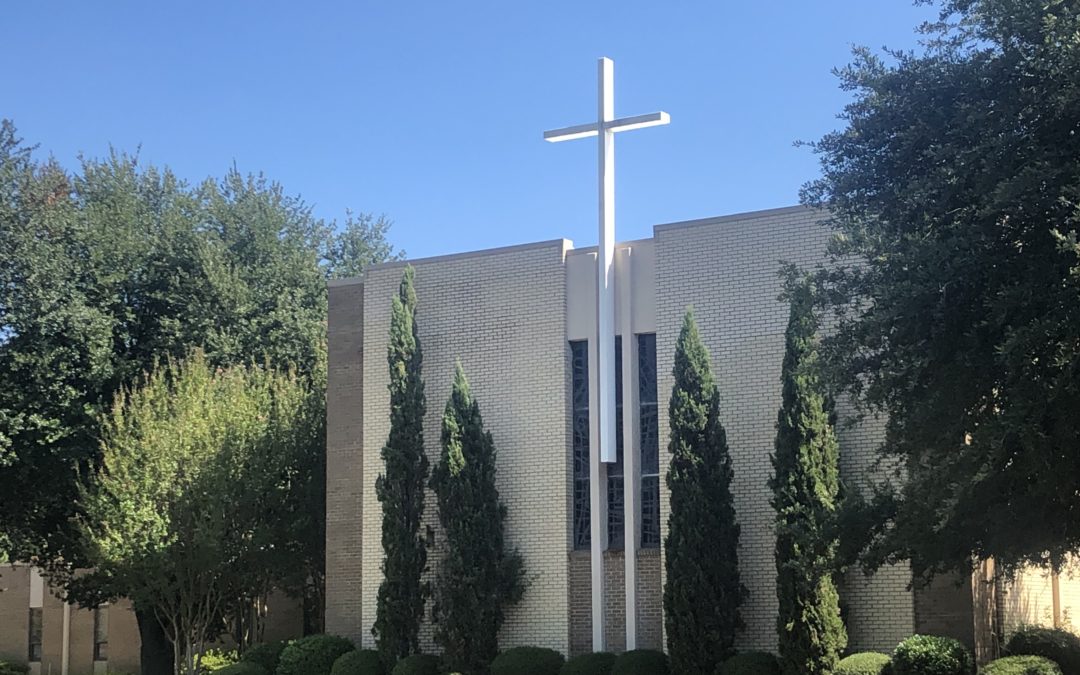During these uncertain times, when congregations and church staff are asked to ‘shelter in place,’ it can be hard on us to stay away from our houses of worship. But sitting empty can also take a toll on our buildings. Here are some tips on what you can do to prepare your facility for an extended period of inactivity:
- Shut off your main water supply. If a water line were to burst in your absence, you could be looking at a very expensive repair project upon your return.
- Shut off or turn down your water heater. Go ahead and shut off the cold water supply to your tank. If you have an electric water heater, shut off the disconnect switch right by the tank. If you have a gas water heater, turn it down as far as possible. Newer heaters now feature a ‘vacation setting.’
- Adjust your furnace/air-conditioner. Now that it is early spring, knowing what weather to anticipate is anyone’s guess. However, most programmable thermostats have a feature that automatically switches from one season to the next. You will want to adjust your heat-setting down to 60 degrees Fahrenheit (16 degrees Celsius) or so and your air-conditioner setting up to about 86 degrees Fahrenheit (30 degrees Celsius). This will keep a cold building from freezing and a hot one from accumulating condensation.
- Turn on ceiling fans in the sanctuary. During the warm and humid time of year, air needs to circulate through the high spaces of our sanctuaries. Humidity left in place can encourage the formation of mold and mildew and may cause tape seams to release.
- Check your sump pumps. Before leaving a building unattended for an extended period of time, make sure your sump pumps are in good operating condition. Do this by pouring a bucket of water into the sump-pit and confirming that the pump eliminates it.
- Fill floor drains. A lot of people completely forget about this until they start smelling the odor of rotten eggs. The water in the P-trap of your drain evaporates over time, allowing sewer gas and methane to seep into your building. Pouring a 2-liter bottle of water into the drain will refill the trap. Then, add a tablespoon of vegetable oil on top to slow the evaporation of the water.
- Check gutters, downspouts and any yard inlets for debris. These fixtures see more action during the spring and summer months and, if they are not clear, it is a disaster waiting to happen. Clean out gutters, downspouts and any drain lines at ground level. Make sure that all yard inlets are clear and that no debris is nearby that could be washed in by heavy rains.
- Contact your alarm companies. Make sure they know that your building will be unoccupied. This will cause them to keep a closer watch on your facility.
- Check gas appliances. Old gas stoves and ovens with full-time pilot lights should have their gas fully shut off. You don’t want to smell that telltale odor upon returning to your building because a finicky pilot light went out.
- Let local law enforcement know that your building will be empty. Consider the case of a church that had thieves break in on a Friday night and work all weekend inside the building and up on the roof. They stole electrical wiring, copper plumbing and aluminum tubing from the air-conditioners. How did the church know when the thieves had been there? They left behind pizza boxes that were dated.

